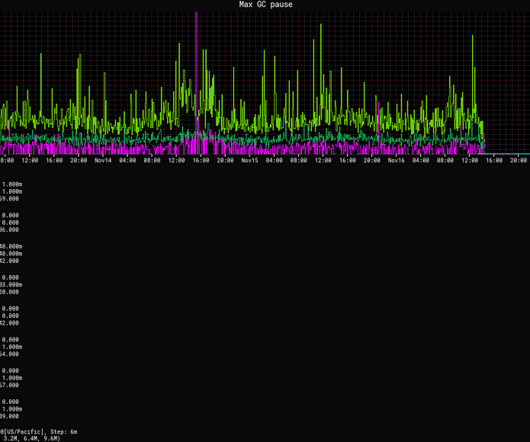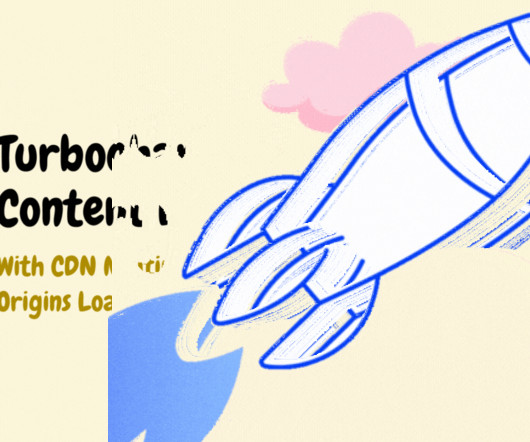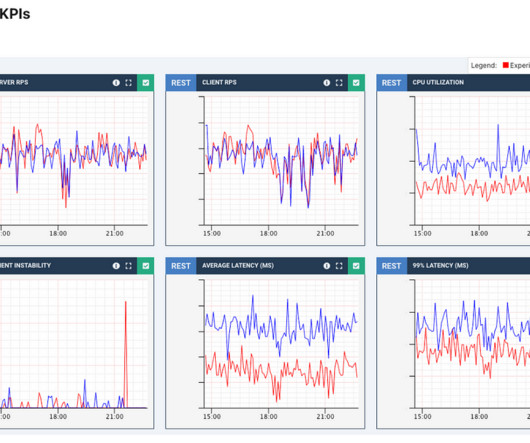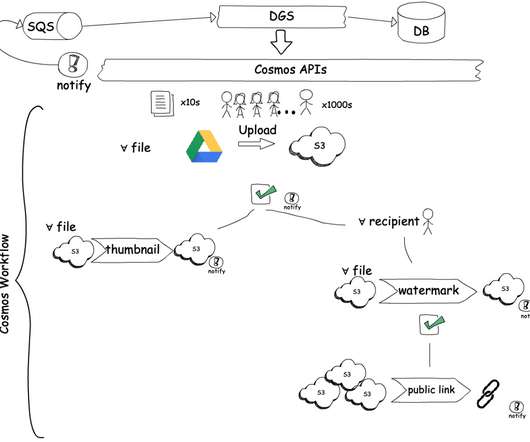Bending pause times to your will with Generational ZGC
The Netflix TechBlog
MARCH 5, 2024
More than half of our critical streaming video services are now running on JDK 21 with Generational ZGC, so it’s a good time to talk about our experience and the benefits we’ve seen. Reduced tail latencies In both our GRPC and DGS Framework services, GC pauses are a significant source of tail latencies.





















Let's personalize your content